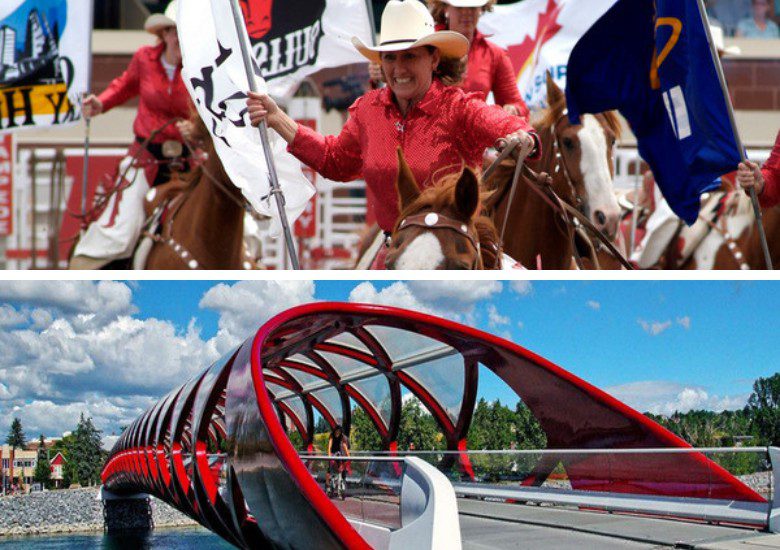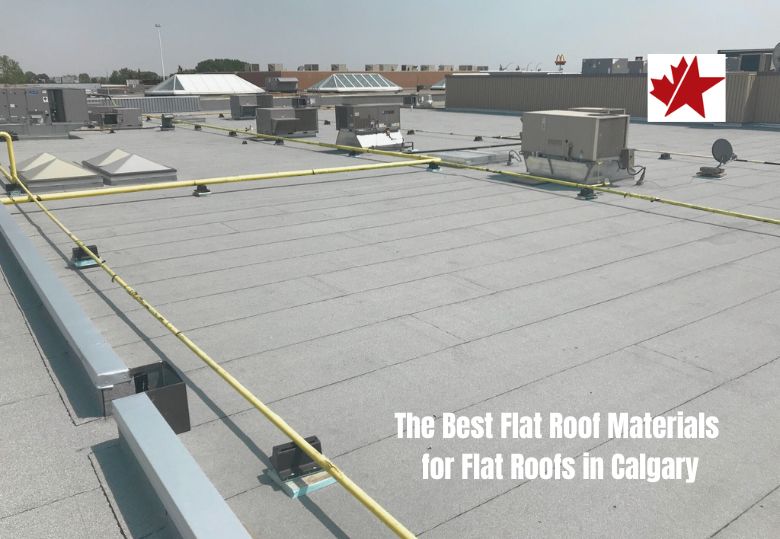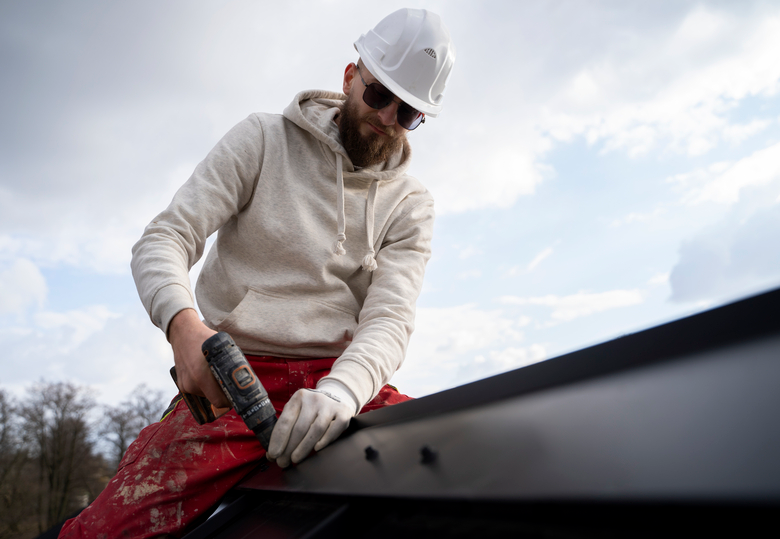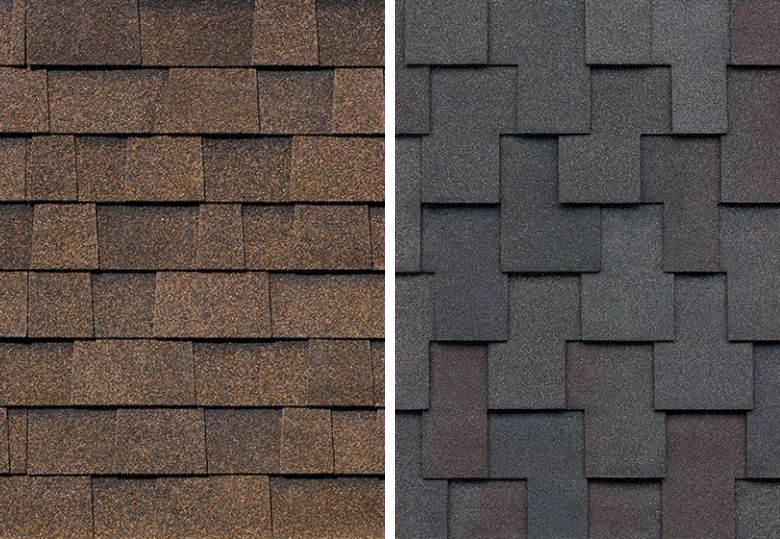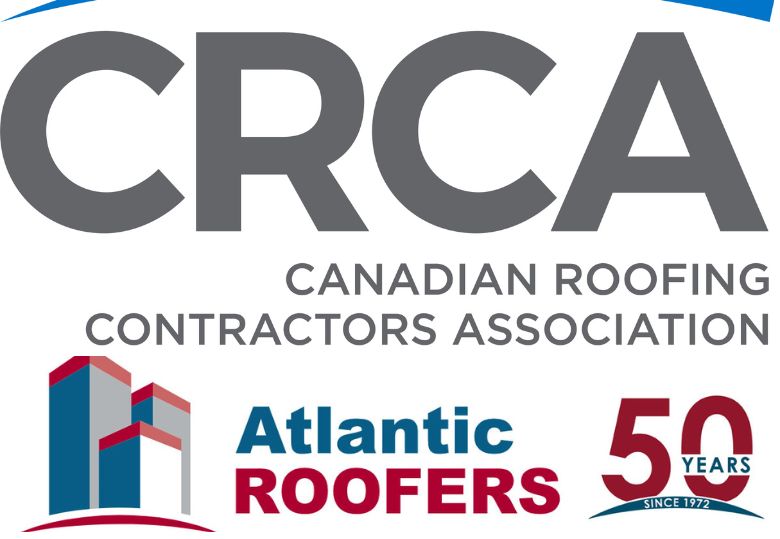Flat roofs, like any other roof, need to drain water from them properly to prevent leaks, stagnant build up, or even collapse. Poor drainage can lead to cracking, overflowing gutters, erosion, and even mould growth or wood rot.
A nice, dry roof also ensures that your roof’s lifespan lasts as long as intended – maybe even longer. If you have a home or business in the Calgary, Alberta area, making sure it drains properly is a top priority, saving you time and money in the future.
In this article, we will discuss the benefits of having a proper drainage system, which systems are available for flat roofs, and how they work.
Understanding Flat Roofs
Flat roofs are a great option for commercial properties or rooftop gardens and patio spaces due to their flat, sturdy nature.
But flat roofs aren’t really flat. They can’t be, because water builds up and has to go somewhere.
That’s why flat roofs are sloped slightly downward to help with runoff to help water pass over your home or business. In areas of Calgary with heavy rain or snowmelt, this is crucial to preventing your roof from growing too heavy or becoming stagnant with water.
There are a few different types of drainage for flat roofs, including interior drains, gutters, and scuppers.
How do these drainage systems work? Let’s talk about it:
Common Drainage Systems for Flat Roofs
Interior Drains:
Common with commercial properties, interior drainage systems for flat roofs are placed beneath the roof. This ensures that the plumbing is not visible from the outside, but still continues to drain any rainwater or snowmelt. Interior drains can also be used for rooftop gardens to prevent pipes from getting in the way of walking or adding furniture, plants, or other objects.
However, because the pipes are below the roof’s surface, fixing, replacing, or maintaining them can be more costly and time-consuming than exterior pipes or drains. What’s worse, if a leak is occurring, you may not know it right away.
Water damage can leak into your walls well before you’ve discovered the problem, due to the drains’ hidden nature. This is why regular inspections are recommended if you choose this type of drainage system for your flat roof needs.
Gutters:
Gutters are a classic choice for all homes and businesses that suffer from heavy water buildup, but are easier to spot from the outside of a building. These trough-like conductor pipes are often made from aluminum, vinyl and galvanized steel. Generally considered to be more affordable, gutters are an excellent choice for controlling any excess of water.
However, gutters are prone to becoming clogged with leaves, debris, and even sometimes critters. That means cleaning and maintaining your gutters can be an arduous process, especially if you are installing them on your home.
Scuppers:
Scuppers are like a hole in the side of your roof that allows water to drain and pass through. Combined with a gutter or downspout, scuppers send water down and out to keep your exterior walls dry during runoff. This prevents damage, reducing mildew and possible leaks.
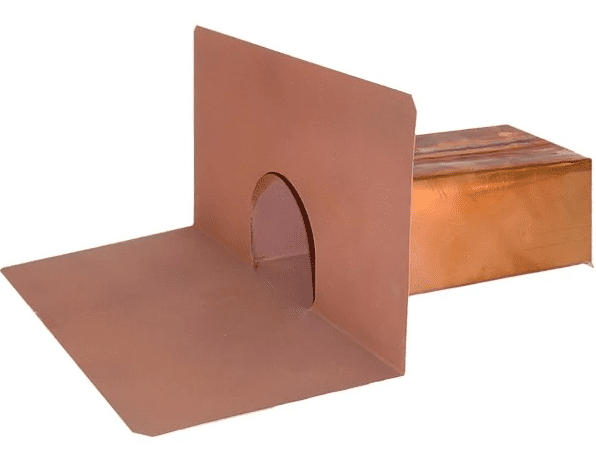
However, scuppers are easily clogged. Because they are basically just a drain hole, a clogged scupper can create a pond on your rooftop. This pond can grow stagnant or too heavy over time, and can either drain in places where you don’t want it to go, or damage your roof and cause leaks.
Damage to your flat roof is easily preventable, so long as you install everything right the first time and continue to inspect and maintain your drainage systems!
Causes of Poor Flat Roof Drainage
Poor flat roof drainage is easily preventable. By adopting any of the three drainage systems listed above, you can save yourself a lot of headache later.
However, cheaping out on your drainage system, or having a flat roof improperly installed, can result in long, expensive fixes and re-do’s later in your roof’s lifetime.
For example, a cheaply (and poorly) installed drainage system can lead to debris accumulation, such as leaves, dust, or even animals – such as rodent or insect infestations. This clogs your drains, which in turn damage them over time, leading to rust, brittle metal, or even just collapse.
These are risks caused by inadequate drainage, and can cause huge issues later.
Risks of Inadequate Drainage
Inadequate drainage at the beginning of the roof’s lifetime means a lot of work later.
If your flat roof is not angled enough to allow rainwater and snowmelt to drain off, you may end up with pools of stagnant water. These pools can become too heavy, cause erosion, and even crack and leak through your roof into the building below.
Stagnant pools of water can also cause mould and mildew growth, and later, even collapse. The degradation of your roof materials is expensive, and usually can’t be patched up.
That’s why regular maintenance and optimal drainage systems are key in preventing expensive repairs or replacements later.
Regular Maintenance for Optimal Drainage
It is crucial that your flat roof and drainage system have scheduled inspections, maintenance, and cleaning. Cleaning your gutters, drains and scuppers is a great way to prevent stagnant water buildup and to keep mould, overflow, and material degradation from happening.
If you’re unsure whether or not your roof is in need of maintenance, it’s good to continually check for signs of damage or blockages. Especially on flat roofs where you can walk around easily, it’s important that you survey it every few months to ensure that there is not a lot of build up.
If you see that a lot of debris and material is clogging your drains, it’s probably time for a cleaning or even for replacements of certain parts.
Retrofitting and Solutions
Installing additional roof drains, applying tapered insulation, or even using roof crickets or saddles is a great way to extend the lifespan of your flat roof.
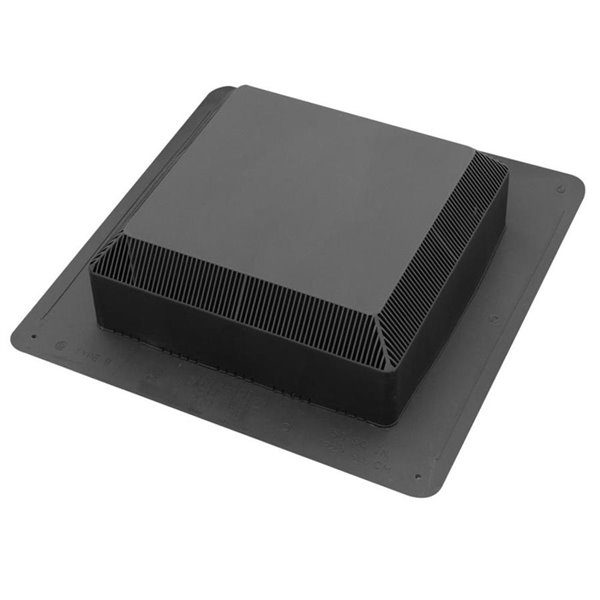
These solutions divert water away from your roof and can help you redirect it elsewhere. For example, roof saddles or crickets move water around skylights or chimneys. Tapered insulation is a type of board that varies in thickness, which creates slopes that angle the water downwards.
These solutions can be added or modified in addition to your current flat roof drainage system, parking nicely and innovating the way that flat roof drainage occurs.
Innovative Drainage Solutions
Innovative drainage solutions can come from interesting places.
Green roofing, for example, is the use of a living ecosystem – such as vegetation and soil, to create a dual-drainage system, both from managing stormwater.
For example, if you have a rooftop jungle, the water will be absorbed and later evaporated From the soil. This not only creates a beautiful green Space on top of your roof, but it also prevents you from having to install a lot of piping.
Other Innovative drainage solutions, like single-ply Roofing membranes, are commonly used to provide a water-type barrier which ensures proper water flow.
These, combined with roof coatings, extend the life of your roof and improve drainage.
The Role of Roof Coatings
Reflective or self-adhering coatings and membranes are a great way to reduce heat absorption and prevent water from pooling into stagnant ponds. These self-sealing layers can enhance water flow and prevent leakage or infiltration into the wood of your home or business.
If you’re unsure how to install or maintain these coatings, it’s a great idea to always speak to a professional or to get advice on how to install or maintain your flat roof.
Recognizing When to Call a Professional
Not every DIY solution is good enough to protect your roof’s construction and extend its lifespan.
Hiring a professional flat roofer or getting experienced advice and assessments is a great way to save money on your flat roof training system and prevent damage in the future.
If you feel that your DIY solution is no longer holding up, they are likely to be able to help you modify any systems already in place.
Conclusion
If you haven’t been proactive about your flat roof’s drainage system before, now is the time!
Effective drainage is the cornerstone of a resilient roof that can fend off leaks, structural issues, and costly repairs in the future. Routine inspections and addressing minor issues before they become big ones is the best way to ensure your roof’s longevity. No matter where you live in the Alberta province, having the right flat roof drainage system will keep your home or business safe and dry.

